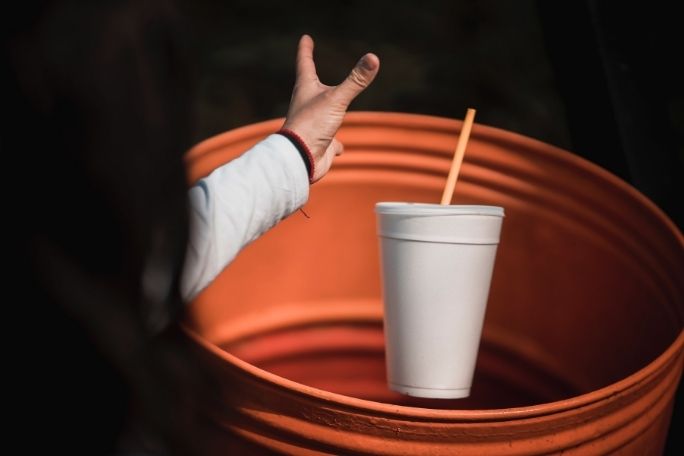Lesson summary
Students review the waste management system in the school, develop a plan to cut the amount of solid waste in the school and suggest ideas to cut the amount of paper used by the school.
Learning intentions:
Students will...
- learn that everyone in the schools produces solid waste and the school is already taking steps to reduce this waste
- recognise that there are steps that the school community can all take to cut this waste even further.
Lesson guides and printables
Lesson details
Curriculum mapping
Year 5 English:
- Use comprehension strategies to analyse information, integrating and linking ideas from a variety of print and digital sources (ACELY1703)
Year 5 Science:
- Scientific knowledge is used to inform personal and community decisions (ACSHE083)
- Communicate ideas, explanations and processes in a variety of ways, includingmulti-modal texts (ACSIS093)
Year 6 English:
- Use comprehension strategies to interpret and analyse information and ideas, comparing content from a variety of textual sources including media and digital texts (ACELY1713)
- Participate in and contribute to discussions, clarifying and interrogating ideas, developing and supporting arguments, sharing and evaluating information, experiences and opinions (ACELY1709)
Year 6 Science:
- Scientific knowledge is used to inform personal and community decisions (ACSHE100)
- Participate in and contribute to discussions, clarifying and interrogating ideas, developing and supporting arguments, sharing and evaluating information, experiences and opinion (ACELY1709)
- Communicate ideas, explanations and processes in a variety of ways, including multi-modal texts (ACSIS093)
Syllabus Outcomes: ST3-6PW, ST3-4WS, EN3-1A, EN3-3A.
Time required: several 48 mins sessions.
Level of teacher scaffolding: High – direct activity.
Resources required
- Art materials
- Computer with internet access
Additional info
This is an original Cool.org lesson. Facts and figures in these lessons may have changed since this lesson was published. We always endeavour to update our resources in a timely manner, but if you see an error or issue in our resources please get in touch with us.


Welcome back!
Don't have an account yet?
Log in with:
By signing up to Cool.org you consent and agree to Cool's privacy policy to
store, manage and process your personal information. To read more, please see
our privacy policy here(Opens in new tab).
Create your free Cool.org account.
Many of our resources are free, with an option to upgrade to Cool+ for premium content.
Already have an account?
Sign up with:
By signing up to Cool.org you consent and agree to Cool's privacy policy to
store, manage and process your personal information. To read more, please see
our privacy policy here(Opens in new tab).